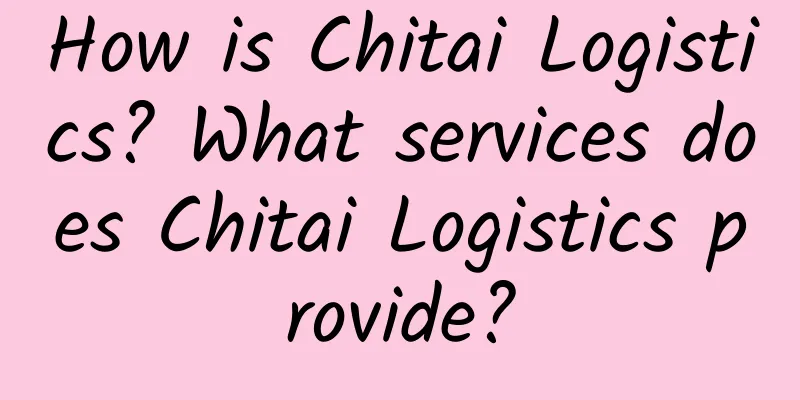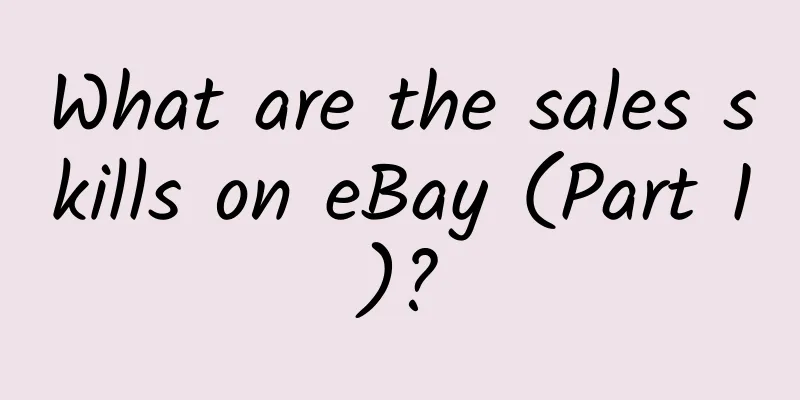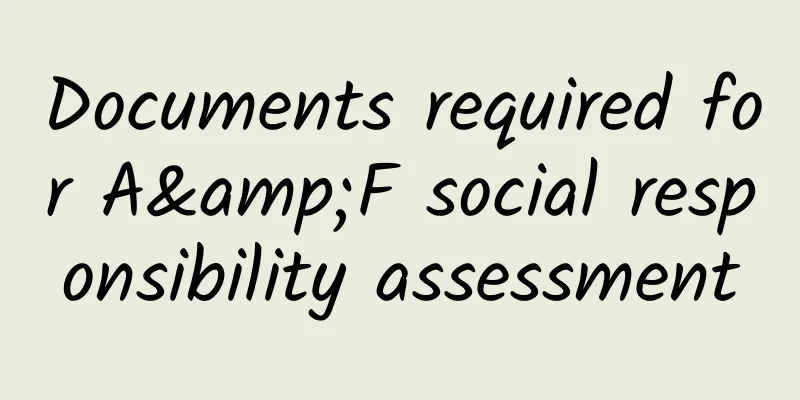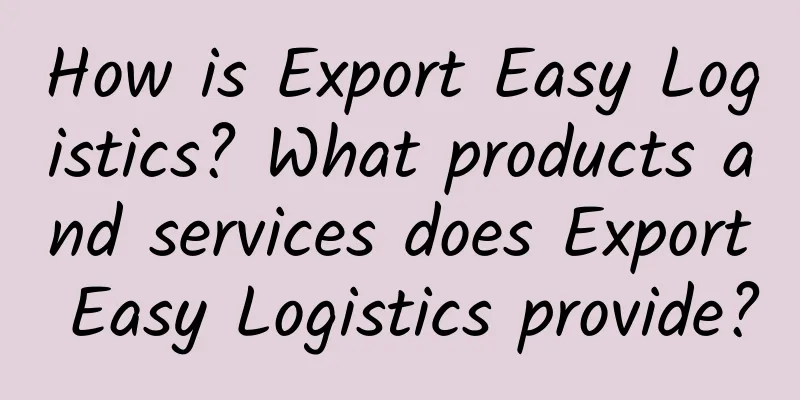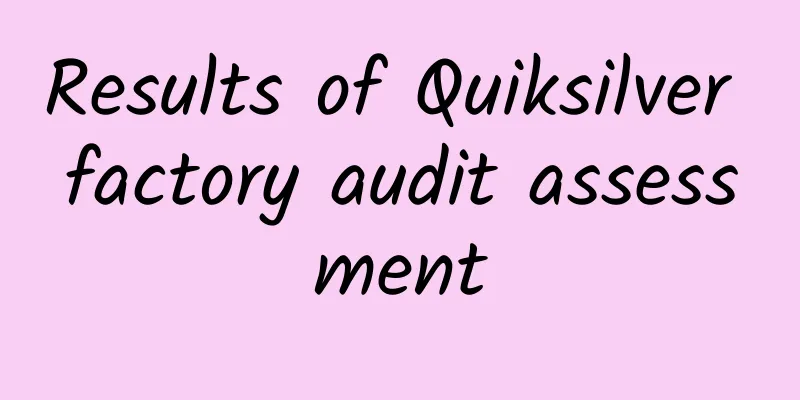Characteristics of ISO22000 system standards
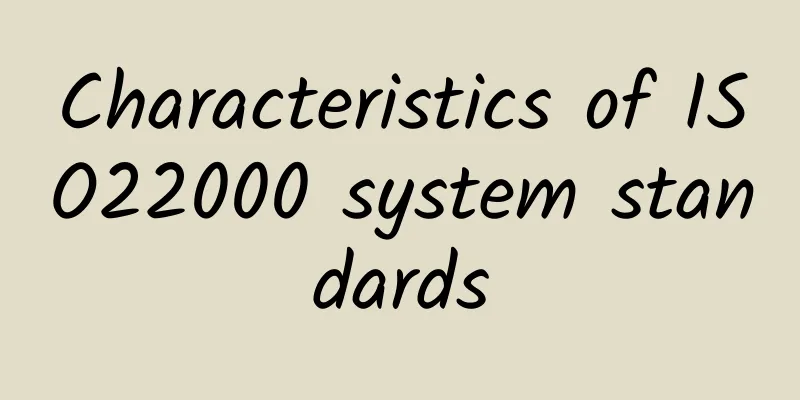
|
What are the characteristics of ISO22000 system standards ? In order to meet the needs of organizations to carry out HACCP system certification, the International Organization for Standardization's Agricultural Food Technical Committee (ISO/TC34) established the WG8 working group, and drafted the International Standard for Food Safety Management System (ISO 22000) based on the framework of the International Standard for Quality/Environmental Management System (ISO 90001/ISO 14001). This is the third international management system standard for qualified leveling issued by the International Organization for Standardization after ISO 9000 and ISO 14000. ISO 22000 effectively integrates the latest international management concepts with the effective tool for food safety control--HACCP principles. Through the understanding of ISO22000 system standards, we can know that the characteristics of ISO22000 system standards are remarkable. Characteristics of ISO22000 system standard: 1: Food that meets legal and regulatory requirements Prerequisites for a food safety management system This standard states in the "Introduction": "This standard aims to harmonize operational requirements for food safety management within the food chain on a global scale. This standard is intended for organizations seeking a food safety management system that is more specific, harmonized and complete than the general requirements of legislation. This standard is not intended to establish minimum requirements for regulatory purposes." However, this standard requires organizations to incorporate the requirements of all applicable food safety laws and regulations into the food safety management system. 2: Effective integration of advanced management concepts and HACCP principles Process approach, system management and continuous improvement are the core contents of advanced concepts in the field of modern management. Any activity that converts the input received into output can be regarded as a process. In order to operate effectively, an organization must identify and manage many interrelated processes. The so-called system management is to identify, understand and manage a system composed of interrelated processes for the set goals, which helps to improve the effectiveness and efficiency of the organization. The characteristics of the system approach are that it focuses on a set policy and goal, determines the key activities to achieve this goal, identifies the processes composed of these activities, analyzes the interaction and mutual influence between these processes, organically combines these processes into a system in a certain way or law, and manages the system composed of these processes to make it run in a coordinated manner. The ultimate goal of continuous improvement is to improve the effectiveness and efficiency of the organization, including all activities carried out to improve the safety characteristics of products and improve the effectiveness and efficiency of processes. Through activities such as measuring and analyzing the current situation, setting goals, finding solutions, implementing solutions, measuring implementation results, and directly incorporating them into documents, a continuous PDCA (Plan, Do, Check, Improve) cycle is implemented. 3: Extension of food safety management scope Throughout the food chain, food safety requirements are primary for all organizations that produce, manufacture, handle or supply food. These organizations should recognize the increasing need to demonstrate and adequately substantiate their ability to identify and control food safety hazards, and recognize the many factors that affect food safety. The requirements of this standard can be applied to various organizations within the food chain, such as feed producers, food manufacturers, transportation and storage operators, subcontractors, retail subcontractors, catering operators, and related organizations, such as equipment manufacturers, packaging materials, cleaning agents, additives and auxiliary materials. Food safety is related to the level and presence of foodborne hazards at the food consumption stage (absorbed by the consumer). Since food safety hazards may be introduced at any stage of the food chain, adequate control throughout the food chain is necessary. Therefore, food safety is based on joint responsibility ensured by the joint efforts of all participants in the food chain. Recognizing the role and position of organizations in the food chain is necessary to ensure effective communication within the food chain to provide safe food products to the final consumer. 4: Risk Control Theory in Food Safety This standard stipulates in "Emergency Preparedness and Response" that the top management should consider potential emergencies and accidents that can affect the organization's food safety and indicate how to manage them. The results should be included in the input of management review. First, the organization should identify potential accidents, emergencies and incidents, such as fire, flood, terrorist activities, sabotage (such as poisoning), energy failure (such as power outage), environmental pollution, the emergence of new hazards or due to the identification of business risks. The organization should plan emergency preparedness and response measures, including human resources, infrastructure, response procedures, etc. When necessary, especially after an actual accident or emergency occurs, the emergency preparedness and response documents should be reviewed and revised. In this standard, risk control is also reflected in the requirements for product recalls. 5. Emphasize the importance of interactive communication The ISO 22000 (DIS) standard points out in the "Introduction" that mutual communication is a key element of the food safety management system. Communication in the food chain is necessary to ensure that all relevant food hazards in each link of the food chain are identified and adequately controlled. This indicates the need for organizational communication, including communication with its upstream and downstream organizations in the food chain. Communication based on systematic hazard analysis also helps to reflect the needs of customers and suppliers regarding feasibility, needs and impact on the final product. To ensure that the entire food chain has sufficient food safety information, the organization should make effective efforts to establish, implement and maintain the food safety management system, and communicate with the following external stakeholders: suppliers and contractors, customers, especially with product information, related inquiries, contracts or order processing, including revisions and customer feedback and complaints, food management authorities, and other organizations that affect or will be affected by the effectiveness or update of the food safety management system. Internal communication should ensure that the food safety team receives timely information on changes, including products or new products, raw materials, auxiliary materials and services, production systems and equipment, production sites, equipment location, surrounding environment, cleaning and sanitation plans, packaging, storage and distribution systems, personnel qualification levels and responsibilities, authority allocation, regulatory requirements, knowledge related to food safety hazards and control measures, customer, industry and other requirements that the organization should comply with, inquiries from external stakeholders, complaints about product-related hazards, and other factors affecting food safety. To sum up, the characteristics of the ISO22000 system standard mainly include the above 5 points. The article also explains this in detail. If you have any questions, you can contact our online customer service for details. We will provide you with the most professional factory inspection consulting and guidance. |
<<: Suggestions on Improving the Quality of HACCP System Certification
>>: Sears factory inspection implementation of legal and regulatory requirements
Recommend
Why did Adidas lose?
Li Ning has been in an awkward position since 200...
BSC factory inspection regulations on working hours
The BSC factory inspection regulations on working ...
Benefits of Adding YouTube Videos to Your eBay Product Listings
There are many benefits to adding YouTube videos ...
Key points for special equipment factory inspection
Key points for factory inspection of special equi...
What is the PMI index? What is the practical significance of the PMI index?
What is the PMI index? The full name of the PMI i...
What are the main fees for eBay? Tips for sellers~
eBay divides the fees that sellers need to pay in...
What is OCS certification? Development trend of organic content standards
Recently, the American non-profit organization Te...
What is RoHS certification? What scope does RoHS certification apply to?
What is RoHS certification? RoHS certification is...
What is the threshold for entering eBay? What are the advantages and disadvantages of entering eBay?
It is completely free to register on eBay, but to...
What is Slickdeals? How to register an account on Slickdeals?
What is Slickdeals? Slickdeals.net is a shopping ...
How can eBay sellers increase sales?
Here are some tips to increase your eBay sales: 1...
Craigslist - "The Big Free Classifieds Site"
Craigslist is a large-scale free classified adver...
eBay store operation agent? Let's see if we can find one first~
Judging from the current store growth trend, most...
What is CmiA African cotton certification? What does the certification mean?
1. What is CmiA African Cotton Certification? &qu...
eBay sellers please note! You can no longer modify GTC listings after closing your store
Some sellers are claiming they will be closing th...
